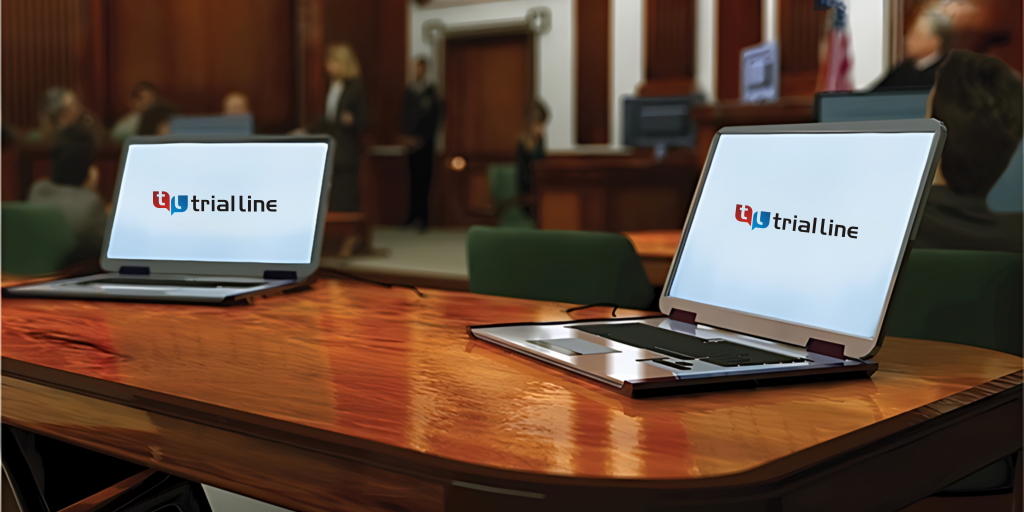How Trial Presentations Can Influence the Outcome of a Legal Case
How Trial Presentations Can Influence the Outcome of a Legal Case
Blog Article
The Power of Visuals in Trial Presentations for a Winning Argument
The combination of visuals in test presentations has arised as a vital aspect in properly interacting complicated debates to jurors. By utilizing different types of aesthetic aids-- be it diagrams, photographs, or animations-- lawyers can improve understanding and retention, eventually forming the jury's understanding of the situation. This technique not just clears up elaborate stories yet also establishes a psychological resonance that can affect decision-making. As we check out the nuances of this strategy, it becomes crucial to take into consideration just how particular kinds of visuals can make a significant distinction in trial end results. What functional approaches might attorneys use to maximize this possibility?
Relevance of Visuals in Trials
In several lawful settings, visuals play an important function in improving the efficiency of trial presentations. The assimilation of aesthetic aspects can dramatically affect jurors' understanding and retention of intricate details, therefore shaping their perceptions and decisions. Visuals, such as graphes, layouts, and photographs, can streamline elaborate narratives, making them a lot more available and compelling.
Furthermore, the human mind procedures visual info more successfully than message, which underscores the significance of including visuals into legal arguments. By equating dense lawful concepts into visual formats, attorneys can assist in clearer communication, making sure that bottom lines are not forgotten during trials.
Additionally, visuals offer to involve jurors on an emotional degree, promoting a link to the instance that words alone may stop working to attain. The critical usage of visuals can evoke empathy, motivating jurors to take into consideration the human aspects of the situation.
Ultimately, the relevance of visuals in trials hinges on their capacity to boost quality, enhance juror engagement, and enhance the story existing. This powerful mix is essential for crafting persuasive disagreements that resonate with jurors and affect the result of lawful process.
Kinds Of Visuals to Make Use Of
Effective trial presentations can significantly take advantage of a variety of visual tools that deal with various aspects of the case. trial presentations. Using layouts and graphes can efficiently damage down intricate information, making it much more absorbable for jurors. For circumstances, flowcharts can show the series of events, while bar chart might succinctly compare appropriate data points.

Animations and simulations can likewise play a vital duty, especially in cases entailing technical information or complex circumstances. These visuals can dynamically stand for procedures or activities, offering clearness and involvement that static images may not attain.
Furthermore, infographics integrate message and visuals to summarize necessary details effectively. They can provide timelines, stats, and substantial situation factors in a visually appealing manner, making it easier for jurors to follow the debate.
Enhancing Understanding and Retention

Enhancing understanding and retention during trial discussions browse around this web-site is crucial for making certain that jurors comprehend the vital elements of a situation. Visual help work as powerful devices in this regard, translating complicated details into quickly absorbable formats. By utilizing graphes, diagrams, and infographics, lawyers can streamline elaborate data and emphasize key factors that might or else be ignored.
Studies have actually shown that individuals maintain info significantly better when it exists aesthetically. This is specifically significant in a trial setting, where jurors may be bewildered by the volume of evidence and statement. By strategically integrating visuals, lawyers can direct jurors' focus to one of the most vital elements of the case, strengthening their understanding and memory of the material offered.

Creating Engaging Presentations
Captivating jurors' interest throughout trial discussions is essential for sharing a compelling story. Engaging discussions take advantage of visual aspects to produce a remarkable experience that reverberates with jurors. The tactical use graphics, animations, and video clips can illuminate complex info, making it a lot more easily accessible and relatable.

Additionally, including storytelling techniques can enhance involvement. Offering proof in a sensible series that constructs sob story allows jurors to attach with the material on a personal degree. Varying discussion formats, such as incorporating short video or interactive aspects, can directory likewise suffer rate of interest and interest throughout the test.
Eventually, an appealing discussion cultivates an extra profound understanding of the situation, making it possible for jurors to much better appreciate the arguments being presented and resulting in an extra favorable outcome.
Case Researches and Success Stories
Many study highlight the considerable influence of visuals in test presentations, showing their capability to influence juror understandings and ultimately the end results of instances. For instance, a notable situation including an accident insurance claim illustrated how making use of a 3D computer animation of the mishap scene clarified complex details. Jurors reported really feeling more informed and empathetic, significantly swaying their decision in favor of the complainant.
In another circumstances, a corporate litigation instance used infographics to existing monetary information and timelines, making elaborate information obtainable. The visual depiction enabled jurors to realize the nuances of the situation better than verbal descriptions alone. trial presentations. As an outcome, the jury returned a judgment that went beyond the client's expectations
The engaging visuals not just assisted in producing question however also resonated emotionally with jurors, leading to an acquittal. These success tales emphasize the need of integrating visuals into test presentations, as they enhance understanding, retention, and ultimately, the influential power of lawful disagreements.
Conclusion
In verdict, the tactical unification of visuals in trial presentations substantially improves jurors' understanding and retention of intricate details. Engaging discussions, sustained by engaging instance research studies, demonstrate the extensive impact that visuals can have on persuasive interaction.
Report this page